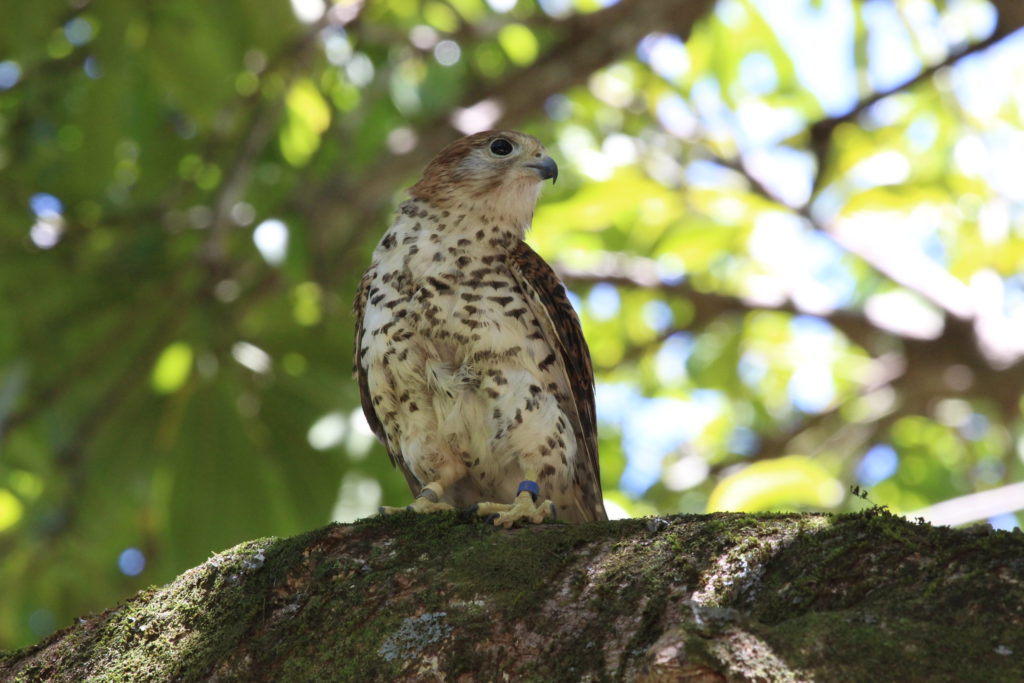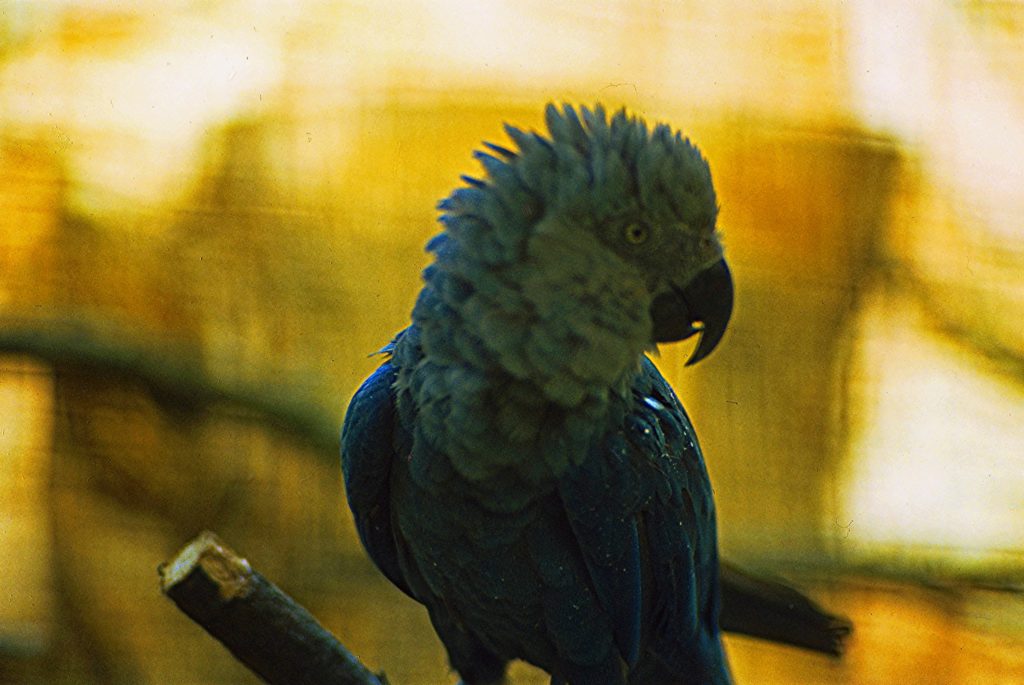Written by Jessica Law
It’s easy to become disheartened by the constant barrage of environmental doom and gloom. Disaster stories certainly capture public attention, but they can also create apathy: if the world is doomed, what’s the point in trying to save it? That’s why it’s surprising that conservation successes are relatively little-known, despite being so numerous. Every year, a few isolated victories make the news – but now, a new paper shows that they are part of a wider trend of success, proving that conservation can, and does, turn the tide.
The new paper, co-authored by BirdLife’s Chief Scientist Dr. Stuart Butchart, has developed a more thorough measure of extinction rates by taking into account changes in extinction risk category on the International Union for Conservation of Nature (IUCN) Red List, rather than just measuring extinctions over time [see “How we worked it out” below]. This new method has revealed that global conservation efforts have reduced the effective extinction rate* of birds by an astonishing 40%. Thanks to conservation over the last three decades, critically endangered species are now twice as likely to improve in status and move to a lower threat category as they are to deteriorate and become extinct. Without such conservation efforts, the opposite would be true.

This is something we can all be proud of – not just the people working out in the field, but everyone who has ever donated to a conservation organization, or even just spread the word about an environmental issue. What’s more, this figure is a minimum estimate – the rate of success is, in reality, probably much higher. This is because the study only included conservation efforts that resulted in species moving to a lower risk category on the Red List. It did not reflect conservation efforts that allowed species to remain in the same category, rather than sliding even further towards extinction.
While this is undoubtedly call for celebration, there is still much work to be done. The 40% reduction in extinction rate has mainly been achieved by preventing critically endangered species from going extinct, rather than preventing species at low risk from moving to higher risk categories. In practice, it would be more effective to prevent species with healthy populations from becoming threatened in the first place. That way, there would be fewer species in immediate need of urgent – and often costly and difficult – conservation efforts.
“World governments will meet in 2020 to develop a new framework for tackling biodiversity loss through the Convention on Biological Diversity. Our results show it is critical that this includes commitments to prevent extinctions, but also to keep common birds common,” said Butchart.
This is particularly urgent given another of the study’s findings – that unless the world ramps up its conservation action, we can expect a wave of bird extinctions far worse than previously anticipated. To put it in perspective, during the past 500 years, about 187 of the world’s 11,147 bird species are estimated to have gone extinct. But the new projection suggests that during the next 500 years, three times as many – 471 species – may go extinct.
The spate of extinctions in this year’s Red List update give an idea of the scale of the challenge. No longer are extinctions limited to obscure birds on isolated islands. Three of the four extinctions announced this year took place on the South American continent – four of them in Brazil – due to the devastating rate of deforestation in this part of the world.

Even more worryingly, 109 of the 471 projected extinctions are predicted to be species currently classed as “least concern” – the lowest risk category on the Red List. The seeds of this disquieting trend are already being sown: this year, the pale-throated barbet (Gymnobucco vernayi) jumped up two threat categories, from least concern to vulnerable, due to a recent upsurge in commercial logging and banana farming destroying their Angolan highland forest home.
This is just another reason why the IUCN Red List is so important: not only does it help us to pinpoint species that most need our help now, but it also gives us an important insight into the dynamics of extinction over time. As species are shunted up and down between Red List categories, they allow us to detect patterns in humanity’s impact on the natural world, and respond accordingly. Thankfully, as this latest analysis shows, we have the knowledge and capability to meet this challenge.
“Now we need commitments from governments to give nature conservation the priority it deserves, and to recognize that our own future depends upon this,” concluded Butchart.
* How we worked it out
Usually, extinction rates are estimated simply by measuring the frequency of extinctions over time. But this ignores the increasing number of species moving ever closer to extinction each year. Using a complex mathematical model, the authors of the paper took into account the numbers of species moving up the categories of extinction risk on the IUCN Red List (from least concern to near threatened, to vulnerable, endangered, and so on). In other words, they measured the accumulation of “extinction debt” as well as actual extinctions. Then, they worked out the impact of conservation on this “effective extinction rate” by excluding the suite of species that have been moved to lower categories of extinction risk thanks to successful conservation action.
Featured image: The blue-throated macaw is bouncing back from the brink. Image credit Rodrigo Soldon Souza, CC BY-SA 2.0.





